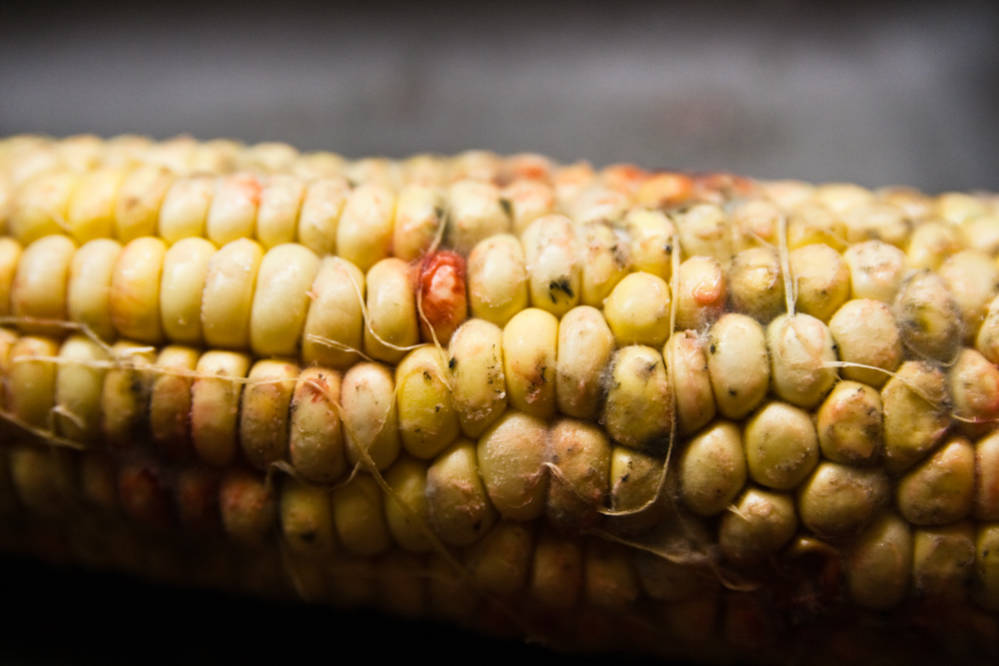Mycotoxins are toxic compounds produced by various fungi that can contaminate crops and food products, causing mycotoxin illness. These naturally occurring substances pose significant risks to human and animal health when consumed in contaminated foods. Understanding the environmental conditions that promote mycotoxin production helps identify when and where contamination is most likely to occur.
Temperature and Climate Conditions
Mycotoxin illness is caused by a variety of factors. Temperature plays a fundamental role in determining which fungal species can establish themselves on crops and produce mycotoxins. Different fungi thrive within specific temperature ranges, making certain geographic regions more susceptible to particular types of contamination.
Aspergillus species, which produce aflatoxins, prefer warm temperatures typically ranging from 80°F to 100°F (27°C to 38°C). These conditions are commonly found in tropical and subtropical regions, making crops grown in these areas particularly vulnerable to aflatoxin contamination. Hot, dry conditions followed by periods of moisture create optimal environments for Aspergillus growth on crops like peanuts, corn, and tree nuts.
Fusarium species operate differently, favoring cooler, wetter conditions. These fungi produce mycotoxins such as deoxynivalenol and zearalenone, typically developing when temperatures range from 60°F to 80°F (15°C to 27°C). Temperate climates with moderate temperatures and adequate rainfall provide ideal conditions for Fusarium contamination in grains like wheat, barley, and corn.
Moisture and Humidity Levels
Water availability represents the most significant factor influencing mycotoxin production. Fungi require specific moisture levels to germinate, grow, and produce toxic compounds. Both field conditions during crop growth and storage conditions after harvest affect moisture-related contamination risks.
During the growing season, rainfall patterns directly impact fungal development on crops. Drought stress followed by periods of high humidity creates particularly favorable conditions for mycotoxin production. Plants weakened by water stress become more susceptible to fungal invasion, while subsequent moisture provides the conditions fungi need to proliferate.
Storage moisture content determines post-harvest mycotoxin development. Grains stored with moisture levels above 14-15% create environments where fungi can continue growing and producing toxins. Storage facilities with poor ventilation or temperature control allow humidity to accumulate, promoting ongoing contamination even after harvest.
Agricultural Practices and Soil Conditions
Farming practices and soil health directly influence the presence of mycotoxin-producing fungi in agricultural environments. Soil composition, crop rotation patterns, and field management techniques all contribute to contamination risk levels. Crop residue management influences fungal populations in agricultural fields. Leaving infected plant material in fields provides a reservoir of fungal spores that can contaminate subsequent crops. Proper residue removal or deep tillage practices reduce the number of viable spores available to infect new plantings.
Insect damage creates entry points for fungi to invade crops, increasing contamination risks. Agricultural areas with high insect pressure often experience elevated mycotoxin levels, as damaged plant tissues provide ideal sites for fungal colonization. Integrated pest management programs that reduce insect damage can significantly decrease mycotoxin contamination rates.
Learn About Mycotoxin Illness
Environmental factors that contribute to mycotoxin contamination operate through complex interactions between temperature, moisture, and agricultural conditions. Temperature ranges determine which fungal species can establish themselves in specific regions, while moisture and humidity levels dictate whether these fungi can produce mycotoxins. Agricultural practices and soil conditions further influence contamination risks by affecting fungal populations and crop susceptibility. If you’re experiencing mycotoxin illness, consult with a qualified naturopathic physician.









Leave a Reply